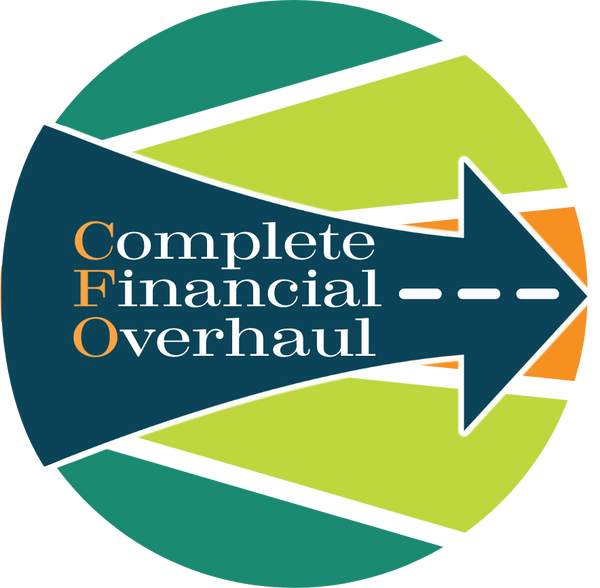Understanding Interest Rates: A Guide to Managing Debt
Share
Think of interest rates as the hidden costs of borrowing, much like the fine print in a contract. Just as understanding the fine print is crucial to making informed decisions, understanding interest rates is key to effectively managing your debt. By gaining a clear understanding of how interest rates work, you can make smarter financial choices, minimize the cost of your debt, and create a plan to pay it off more efficiently.
Why is understanding interest rates so important? Just as not knowing the fine print can lead to unexpected consequences, not understanding interest rates can lead to paying more than necessary on your debts. Interest rates determine how much you’ll pay in addition to the principal amount borrowed, and they can significantly impact how long it takes to pay off your debt.
Start by learning the basics of how interest rates work. This is like reading the contract’s fine print—interest rates are expressed as a percentage of the principal amount, and they represent the cost of borrowing money. There are two main types of interest rates: fixed and variable. A fixed interest rate remains the same throughout the life of the loan, while a variable interest rate can change based on market conditions. Understanding which type of rate applies to your debt helps you anticipate changes in your monthly payments and overall cost.
Next, calculate the impact of interest rates on your debt. This is like doing the math to understand the total cost—use an online calculator or a simple formula to see how much interest you’ll pay over time. For example, if you have a $10,000 loan with a 5% interest rate, you’ll pay $500 in interest each year. Understanding this cost helps you see the true price of borrowing and motivates you to pay off your debt more quickly.
Consider how different interest rates affect your repayment strategy. Just as different terms in a contract might lead to different decisions, the interest rates on your debts should guide your repayment priorities. Debts with higher interest rates cost more over time, so many people choose to pay these off first. This strategy, known as the “avalanche method,” focuses on minimizing the overall cost of debt. Alternatively, you might choose the “snowball method,” which prioritizes paying off smaller debts first to build momentum. Understanding your interest rates helps you choose the strategy that’s best for your situation.
Be aware of how interest rates can change over time. Just as contracts can be renegotiated, some interest rates are subject to change, particularly with variable-rate loans and credit cards. If market interest rates rise, your monthly payments could increase, making it more challenging to pay off your debt. Keeping an eye on interest rate trends and understanding how they affect your loans can help you anticipate changes and adjust your repayment plan accordingly.
Finally, consider refinancing or consolidating your debts to secure a lower interest rate. This is like renegotiating a contract to get better terms—refinancing involves taking out a new loan at a lower interest rate to pay off existing debts, while consolidation combines multiple debts into a single loan with a lower rate. Both options can reduce the overall cost of your debt and help you pay it off more quickly.
By understanding interest rates, you’re not just managing your debt—you’re taking control of the costs associated with borrowing. It’s like reading the fine print to ensure you’re making the best financial decisions, minimizing unnecessary expenses, and creating a clear path to becoming debt-free. With a solid understanding of how interest rates work, you can manage your debt more effectively and achieve your financial goals more quickly.
